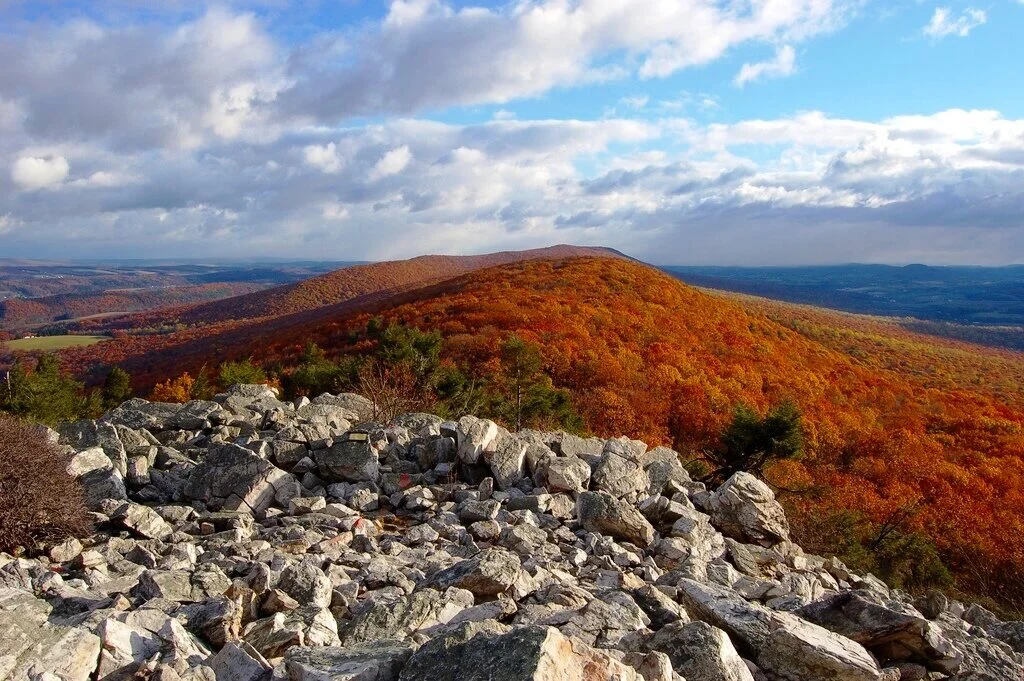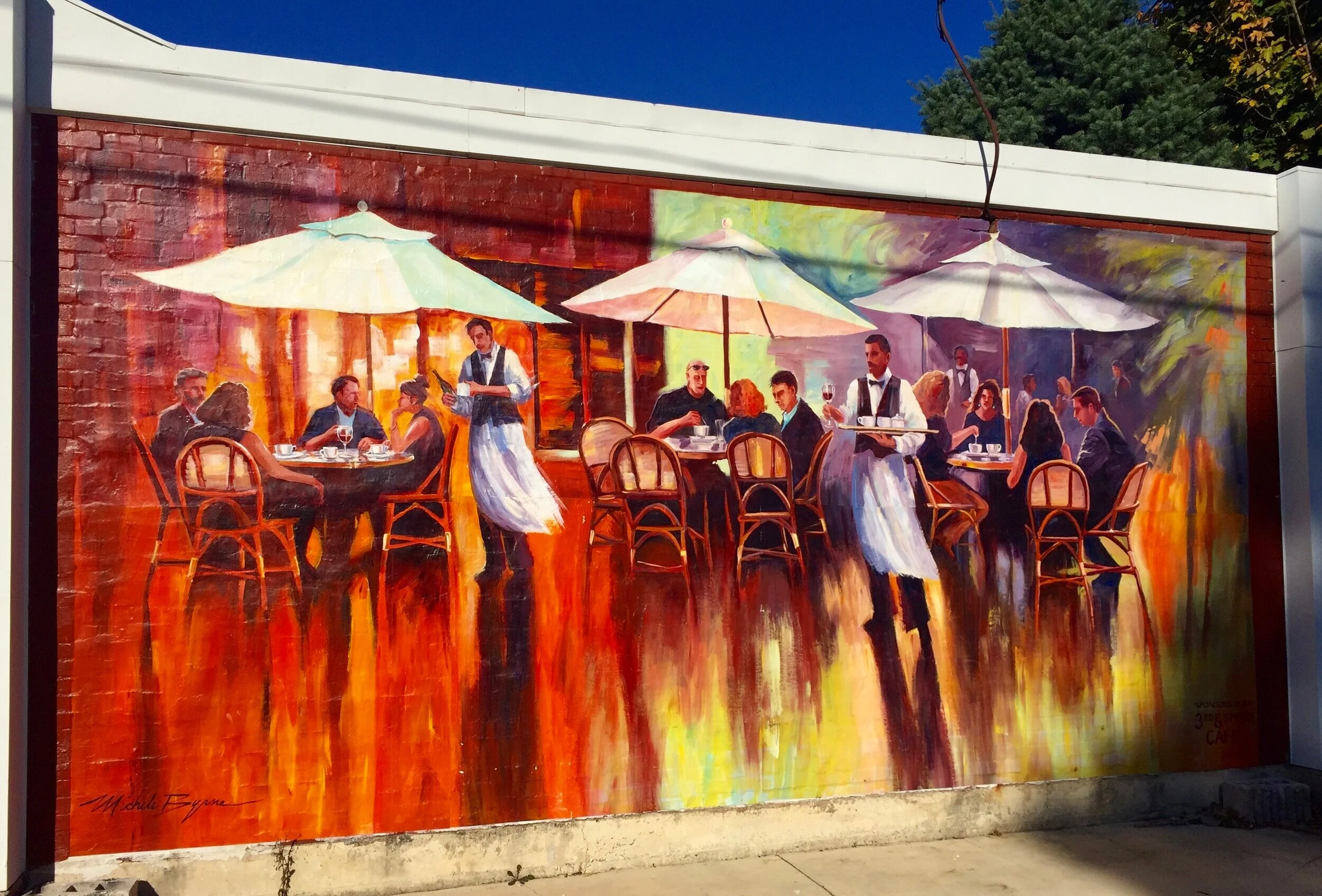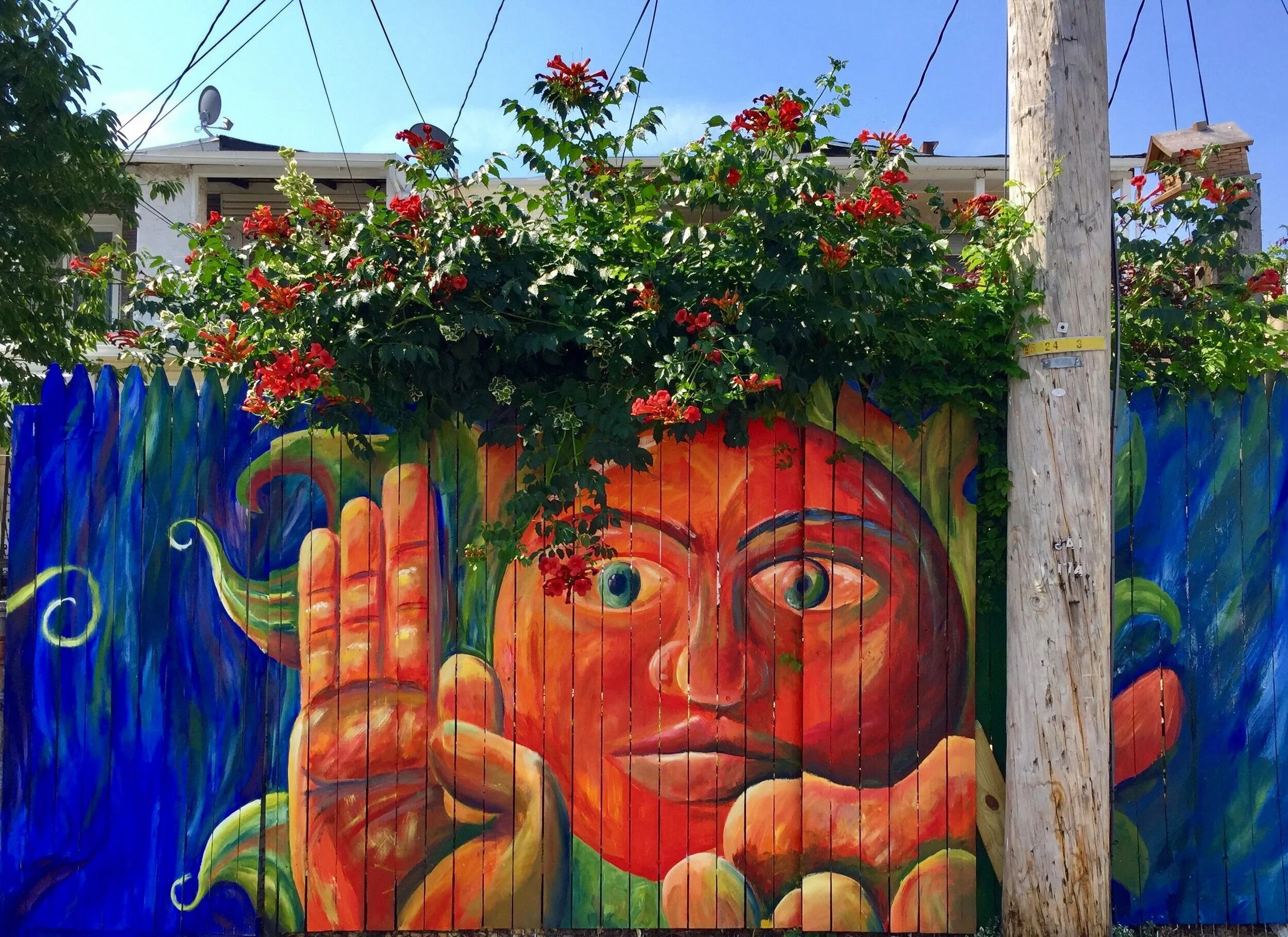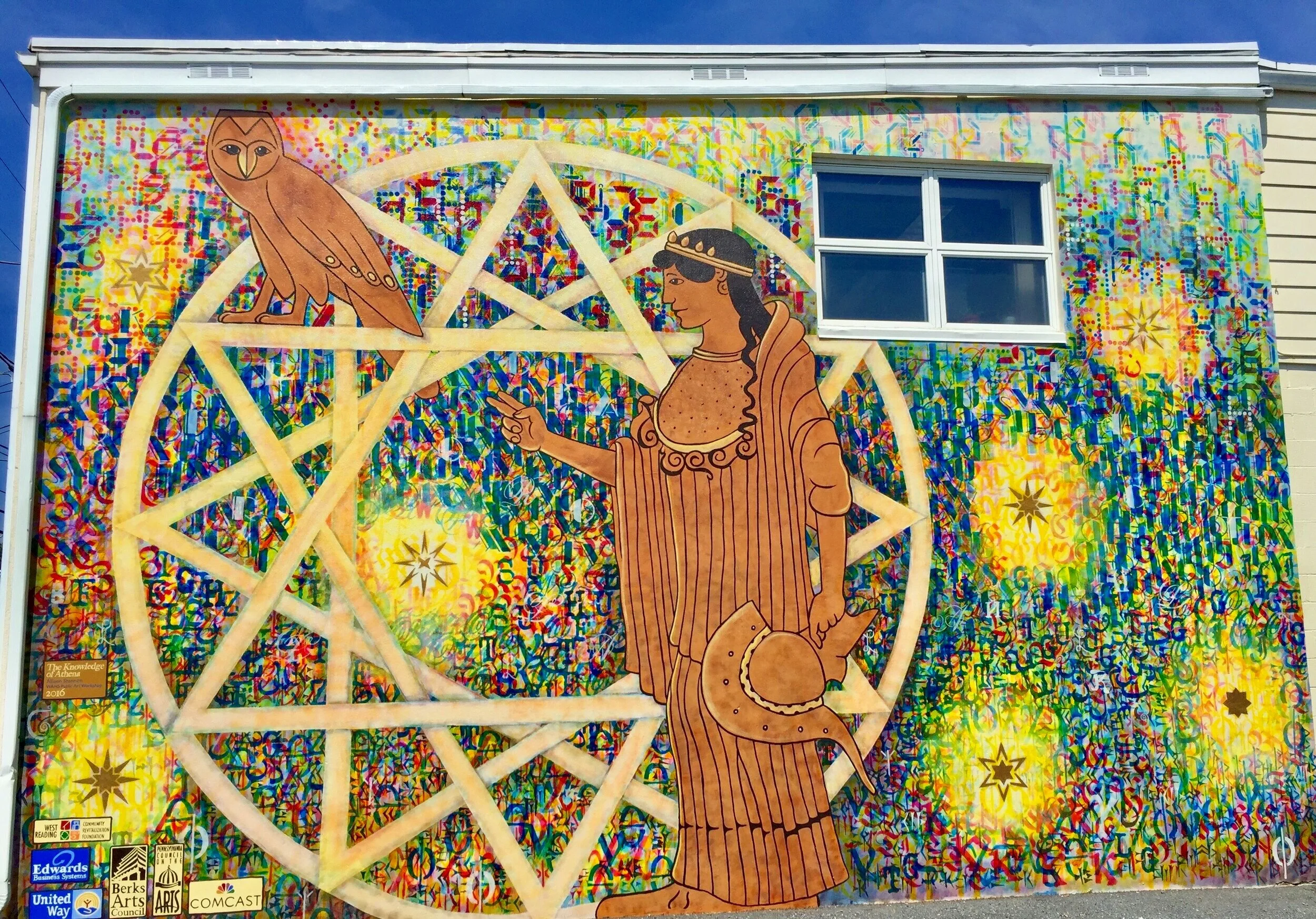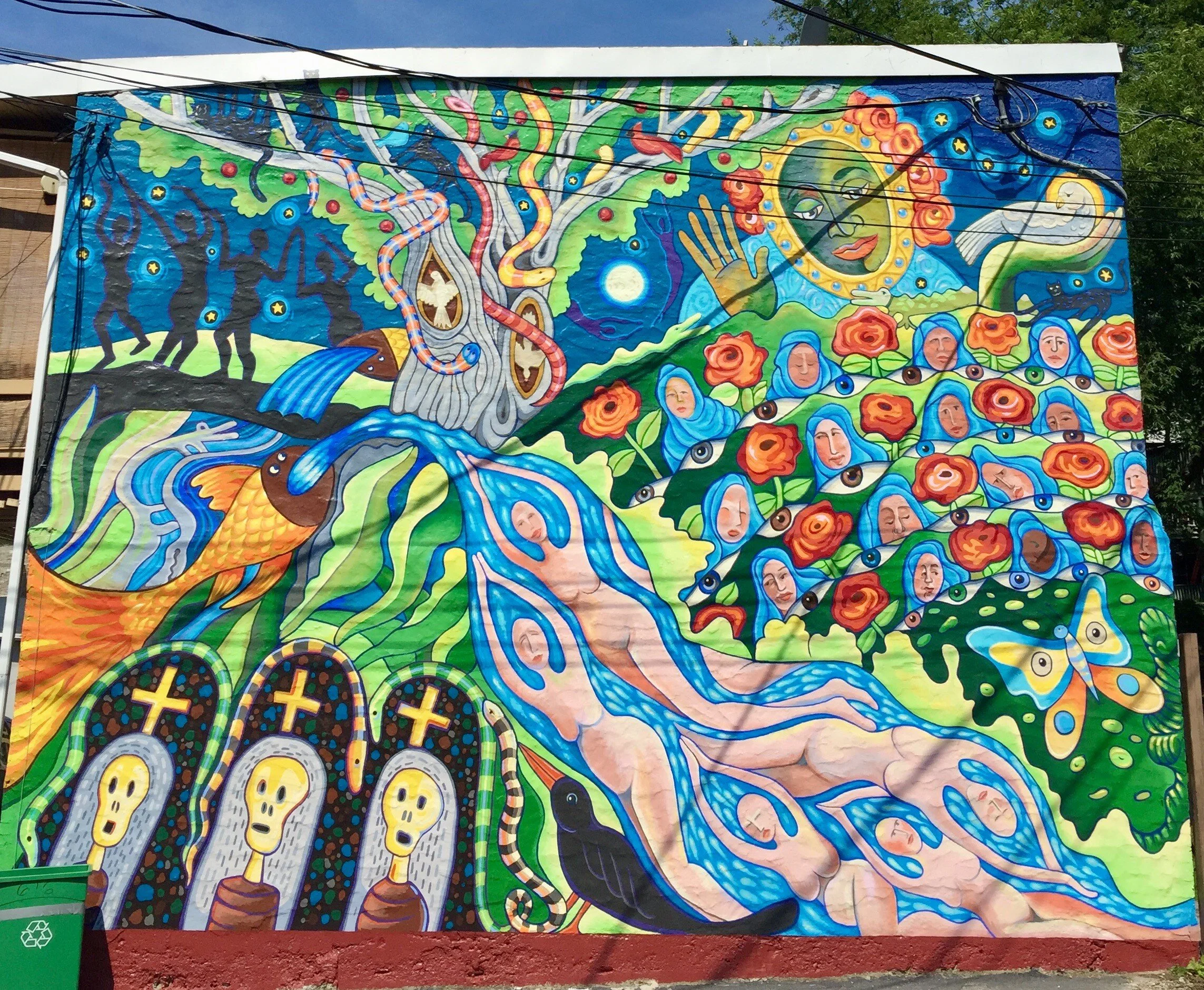5 Reasons to Visit® Reading, Pennsylvania
The Top 5 Reasons to Visit® Reading, Pennsylvania Right Now
It’s true, Reading Railroad from Monopoly really does exist. The railroad is named after Reading, Pennsylvania where it was established in 1833 to transport coal. Reading developed rapidly during the Industrial Revolution and in 1900 was the 50th largest city in the United States with over 15 downtown hotels and 8 department stores. Today, Reading is on the threshold of regaining its place as the heart of Pennsylvania’s Americana Region by looking to its glorious past as inspiration.
1. THE HIKING
With 12 miles of hiking trails providing astounding views of the countryside and Reading, Hawk Mountain Sanctuary is one of the best places in North America to view hawks, eagles and falcons.
As the world's oldest wildlife sanctuary exclusively committed to the protection and observation of birds of prey, Hawk Mountain holds a unique place in geographic and scientific history.
2. THE ART
Throughout downtown West Reading you’ll experience public art from local artists unlike you’ve seen anywhere else. Much like architecture, art will always become identified with the character or reputation of the location where it is installed. These murals are on small bricks on facades of homes, businesses and other establishments throughout the city.
The "micro-murals" on these bricks are exhibition pieces in the West Reading Museum of Temporary Art. Click on any image above for directions.
3. THE COCKTAILS
After viewing street art across downtown West Reading—wander into the 1st floor of the historic Narrow Fabric Building where you’ll find B2 Bistro + Bar. The restaurant has been seamlessly integrated into the existing 1929 industrial complex to showcase original components of the former knitting mill, creating a hip, authentically industrial aesthetic. Mixologists expertly craft cocktails using barrel aged spirits and the freshest seasonal ingredients. Try the “West Reading Old Fashioned” concocted with Medley Brothers bourbon, demerara syrup and bitters or the “Vanity Fair” with Koskenkorva vodka, giffard pamplemousse, elderflower liqueur, fresh lemon, house made creole bitters and pernod absinthe.
With a wood burning oven as the culinary focal point at B2 Bistro + Bar, the Executive Chef and his talented team present a “garden to table” concept by transforming locally sourced ingredients into delectably fresh culinary creations. Start off with the Crudo Trio (trout, tuna and scallop) with a tangy citrus vinaigrette, serrano chile and capers.
Finish with a half or whole portion of rustically prepared Carbonora or Half Brick Chicken with smashed potatoes, natural au jus, cippolini and fried capers. Hungry yet?
4. THE ARCHITECTURE
Built in 1730, the Daniel Boone Homestead was home to famous frontiersman, Daniel Boone, who opened the American frontier across the Allegheny Mountains and into Kentucky. On nearly 600 acres, it is the largest site owned by the Pennsylvania Historical and Museum Commission and the perfect backdrop for your next Instagram shot.
Image courtesy of Pennsylvania’s Americana Region
Did you know Reading, Pennsylvania is home to the only pagoda in the world with a fireplace and a chimney?
Image courtesy of Pennsylvania’s Americana Region


